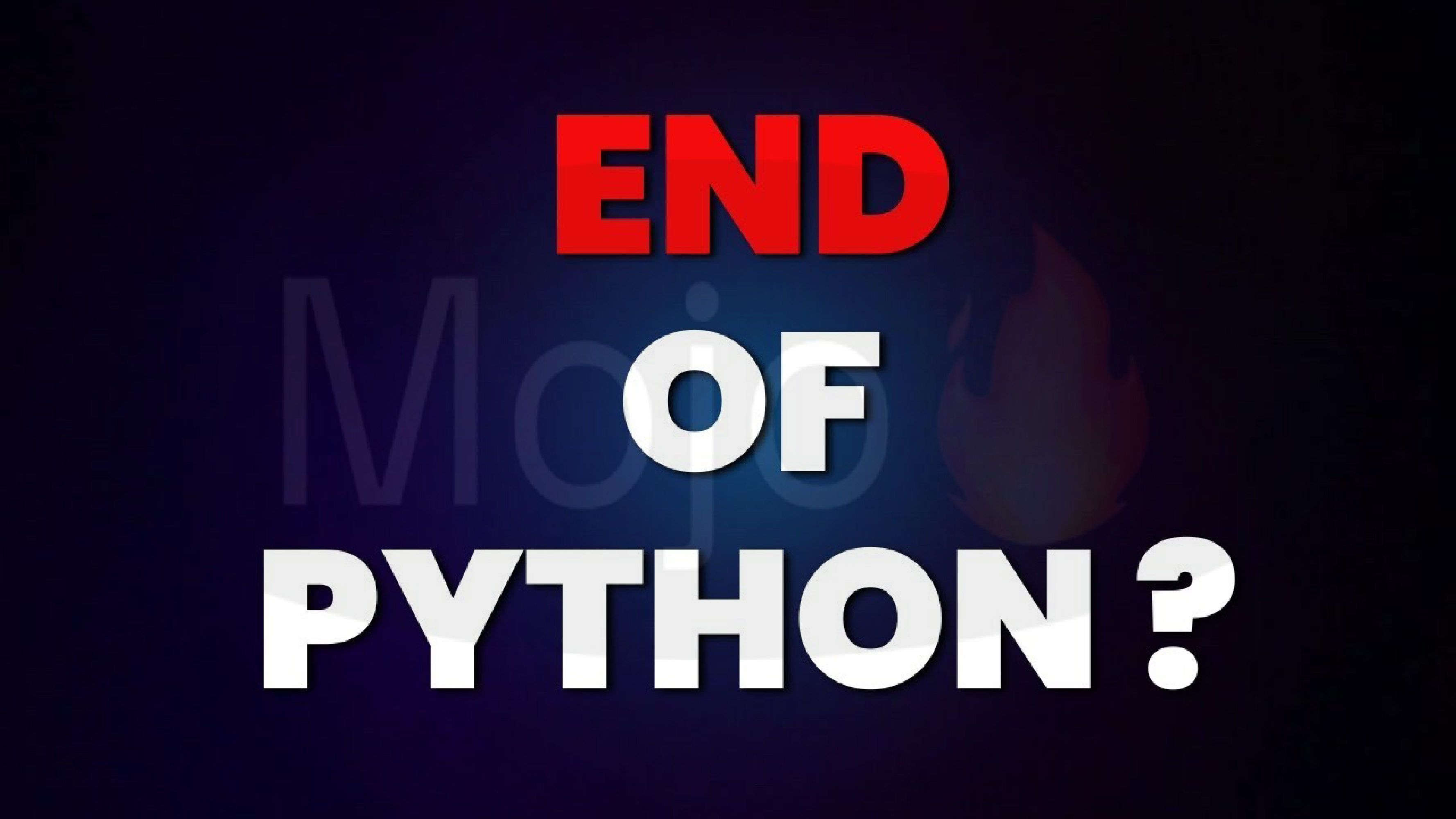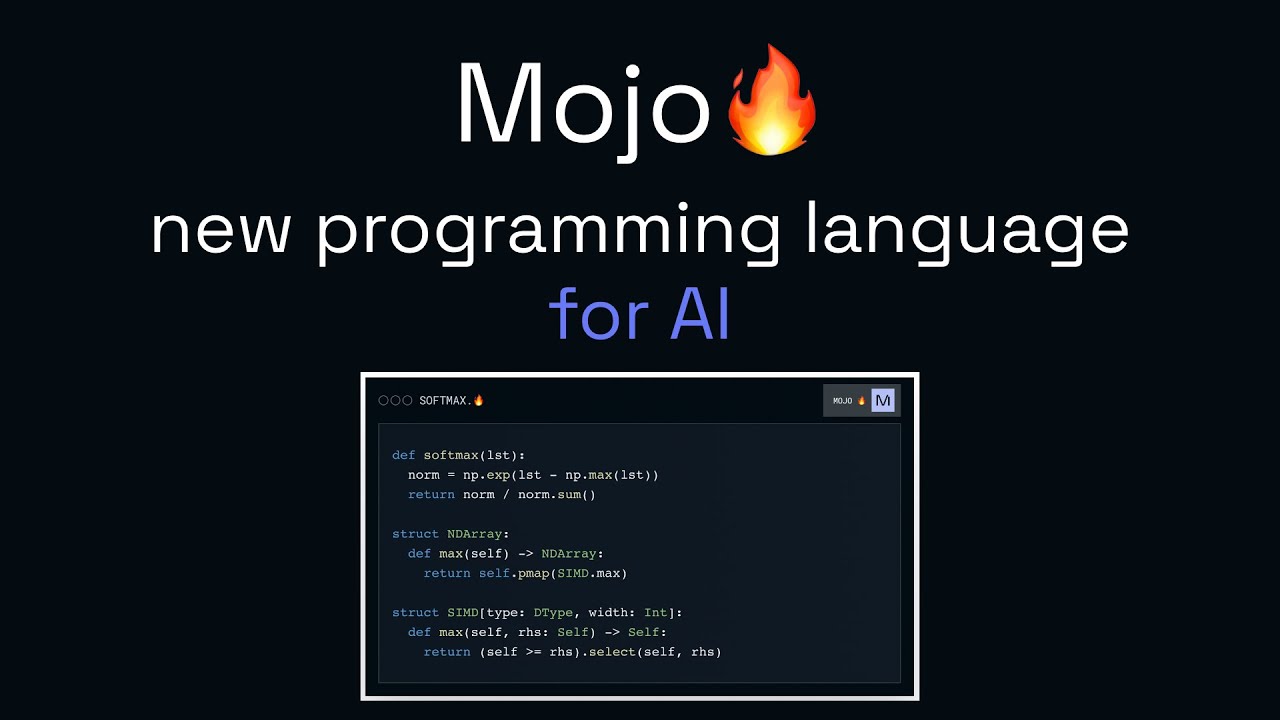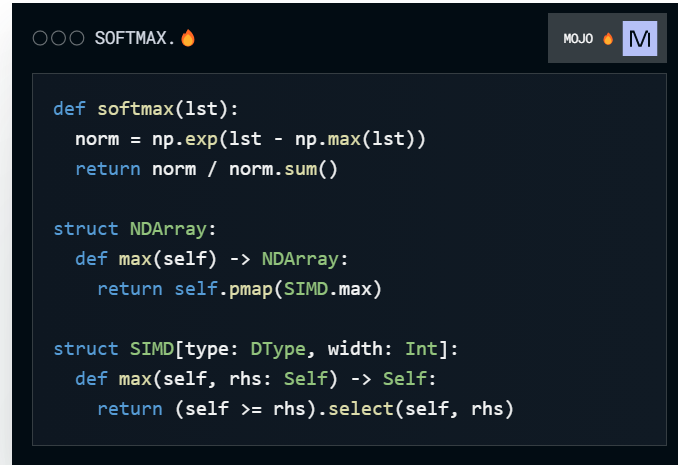The Future of Python: A Comparative Analysis with Mojo
 Aman Raj
Aman Raj
Introduction:
Python has been one of the most popular programming languages for over two decades, known for its simplicity, versatility, and vast community support. However, recent developments have sparked discussions about the potential impact of emerging languages like Mojo on Python's future. In this blog post, we will explore the current state of Python, analyze the features and capabilities of Mojo, and assess whether Python is destined to fade away in the face of new programming languages.

Python's Strengths:
Python's success can be attributed to several key strengths that have made it a favourite among developers worldwide.
Simplicity and Readability: Python's clean syntax and expressiveness make it a language that is easy to learn and understand. Its code readability promotes maintainability, collaboration, and rapid development.
Large Community and Ecosystem: Python boasts an extensive ecosystem with a vast array of libraries and frameworks that facilitate diverse applications across domains such as web development, data analysis, machine learning, and more. The vibrant community ensures continuous updates and support.
Versatility: Python is a general-purpose language that can be used for various purposes. It can handle small scripts, build complex applications, automate tasks, and perform data analysis, making it a versatile choice for developers.
Introducing Mojo:

Mojo is an emerging programming language that has garnered attention in recent years. Let's take a closer look at its features and how it compares to Python.
Performance and Speed: Mojo emphasizes performance and aims to provide faster execution times than Python. It achieves this through advanced compilation techniques, just-in-time (JIT) compilation, and optimization strategies. Mojo is specifically designed for high-performance computing tasks.
Strong Typing and Concurrency: Unlike Python, Mojo enforces static typing, allowing for better compile-time error checking and improved performance. Additionally, Mojo provides built-in support for concurrent programming, making it suitable for handling computationally intensive workloads.
Interoperability and Compatibility: Python has a rich ecosystem, whereas Mojo is relatively new and lacks a mature ecosystem. Python's extensive libraries, frameworks, and third-party integrations make it more compatible with existing systems and platforms.
Python's Resilience:
While Mojo offers some compelling features, it is important to remember that programming languages rarely disappear overnight. Python's resilience lies in its established position, large user base, and widespread adoption in various industries.
Legacy Code and Existing Projects: Numerous applications and systems rely on Python, including critical infrastructure and legacy codebases. The cost and effort required to migrate these projects to a new language like Mojo may be prohibitive, ensuring Python's longevity.
Community and Industry Support: Python's vibrant community continues to contribute to its growth and development. The community's dedication, extensive knowledge base, and collaborative nature make it challenging for any new language to surpass Python's support network.
Adaptability and Evolution: Python has a history of evolving with the changing needs of developers. It has embraced new technologies and trends, such as data science and machine learning, by introducing libraries like NumPy, Pandas, and TensorFlow. Python's adaptability positions it to continue thriving in the future.
Conclusion:
While Mojo brings exciting advancements to the table, Python's future remains secure due to its well-established presence, extensive ecosystem, and large community support. Python's simplicity, versatility, and adaptability have ensured its relevance over the years. As developers, it is essential to stay informed about emerging technologies, but it is equally important to recognize the strengths and resilience of existing tools like Python. So, rest assured, Python is far from dying and will continue to play a vital role in the programming landscape for the foreseeable future.
Subscribe to my newsletter
Read articles from Aman Raj directly inside your inbox. Subscribe to the newsletter, and don't miss out.
Written by

Aman Raj
Aman Raj
I’m a full-stack developer and open-source contributor pursuing B.Tech in CSE at SKIT, Jaipur. I specialize in building scalable web apps and AI-driven tools. With internship experience and a strong portfolio, I’m actively open to freelance projects and remote job opportunities. Let’s build something impactful!